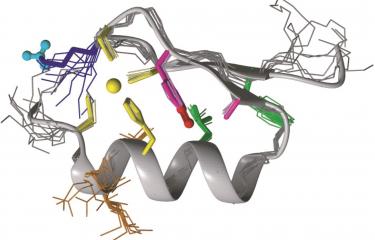Although long confined to tropical and subtropical regions, we are witnessing the re-emergence or even emergence of some of these diseases in Europe. Cases of malaria have been seen in Greece and Corsica, and leishmaniasis is no longer confined to the Mediterranean region as autochthonous cases have recently been reported in northern Italy and Germany. The arrival and spread of these diseases outside of traditional endemic areas can be explained by climate change, population movements, and the important increase in travel.
Three major parasites
The Department of Parasites and Insect Vectors is studying three major parasites responsible for serious diseases, which have far-reaching implications for health and economy and affect most of the world:
- Plasmodium, responsible for malaria,
- Leishmania, responsible for leishmaniasis,
- Trypanosoma brucei, responsible for sleeping sickness.
From the bases of parasitism to the pathology
Scientists in the department conduct research into the life cycle of parasites and their vectors. The Anopheles mosquito, the vector of Plasmodium and various different viruses, is studied together with the tsetse fly, the vector of Trypanosoma brucei. Work in the department combines laboratory studies with major involvement in the field, particularly in Africa and Asia, and research to improve patient care — resistance to antimalarial drugs, identification of new antiparasitic drugs, etc.
New experimental tools and models are being developed to improve understanding of the dynamic interactions that pathogenic microorganisms establish with the vector and humans. This research is conducted in collaboration with scientists from the Department of Immunology (to shed light on host invasion mechanisms), with the Center for Innovation & Technological Research (Citech) and its high-throughput sequencing facilities (to identify virulence factors, and with the Center of Bioinformatics, Biostatistics and Integrative Biology (C3BI) (to analyze the large amounts of data generated through research).






